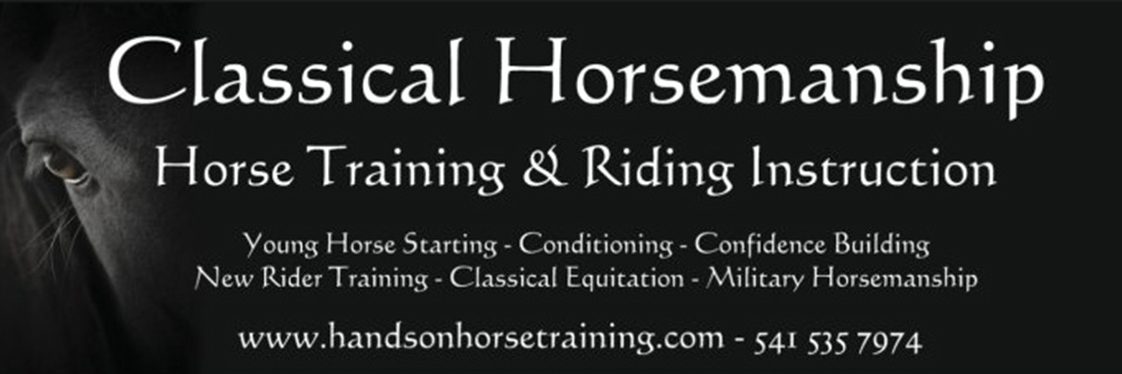Body Asymmetry refers to the imbalance in muscle development common to nearly all horses. Horses, like humans, are stronger on one side than they are on the other. That is to say they are “Right Handed” or “Left Handed” if you will. From their first steps, the young horse will balance better on one side than the other and subsequently develop differently on the strong side than they do on the weaker side.
Over time this uneven development serves to cause the horse’s body to take on a slight bend toward the weak side as the muscles on the strong side develop more. The horse naturally carries more of its weight on “good” front leg, making it easier to turn in the direction of its weaker side.
Because this asymmetry makes it harder for a horse to balance and bend in one direction than the other, it is the source of many of the common problems we experience when we train and ride them. Everything from picking up speed, to hanging on the bit, to even bucking and rearing can be traced in one way or another to the left/right imbalance. Other problems like leaning into turns, pushing through the shoulder to the outside of turns, taking the wrong lead, head tossing, stumbling, forging, and many, many other common issues can all be caused by this condition.
This developmental imbalance was recognized centuries ago by riding masters and their techniques for correcting it have been used to this day. Often, training techniques used by modern trainers are variations on these classical methods, but over time the exact purpose of the technique has been lost or misunderstood. By this I mean, most trainers lunge horses but few do it for the right reasons. Similarly, a lot of riders and trainers know that a certain headset is associated with correct movement, but they assume it is the headset that makes the movement correct and not that correct movement and balance causing a certain headset. So they use training methods that force the horses head into a certain position, expecting it to make the horse collect and balance, sometimes with disastrous results.
In my experience I have come to believe the old masters had it right. First we help the horse develop body symmetry and straightness, and then he can collect and balance himself with a rider.
The other balance issue recognized for as long as man has ridden horses is that the horses has evolved to carry most of its weight on its forelegs. The large head and neck of the horse, combined with the fact the horse his a grazing animal, has evolved the weight distribution of about 3/5 front legs to 2/5 hind. This ratio works perfectly well for the horse in its natural life of walking around eating grass and occasionally running from threats. This forehand balance only becomes and problem when we add the rider and ask the horse to perform physically in ways it has not evolved to naturally.
So along with tending to carry more weight in on one side than the other, the horse carries more in the front than the back. What we end up with is a distribution of weight that causes the horse to be very heaving on one front foot, with less weight distributed to the other legs. Ideally, what we would like is for the horse’s center of balance to be directly under the rider, with the weight of horse and rider distributed evenly on all four legs or for even more collection with the weight even further back.
To achieve this, we must FIRST help the horse to develop its weaker side to balance to its stronger one, making the horse straighter and allowing equal flexibility. Then we want to gradually ask the horse to move its hind legs under the rider to move the center of balance further back.
There are a number of training techniques I use to help a horse straighten, balance and collect. Lunging and short line work, in-hand bending and shoulder in work are some of the methods I use on the ground. Bending circles, figure eights, and serpentine riding, as well is shoulder and quarter in are done from the saddle. If I ever write my book on training warhorses, I will going to detail on all of these, but for now suffice to say they all serve to change the way the horse’s muscles are developed, and to shift the balance of the horse toward the ideal of an even distribution of weight on all four legs, if not more on the hind legs and a center of balance directly under the rider.
